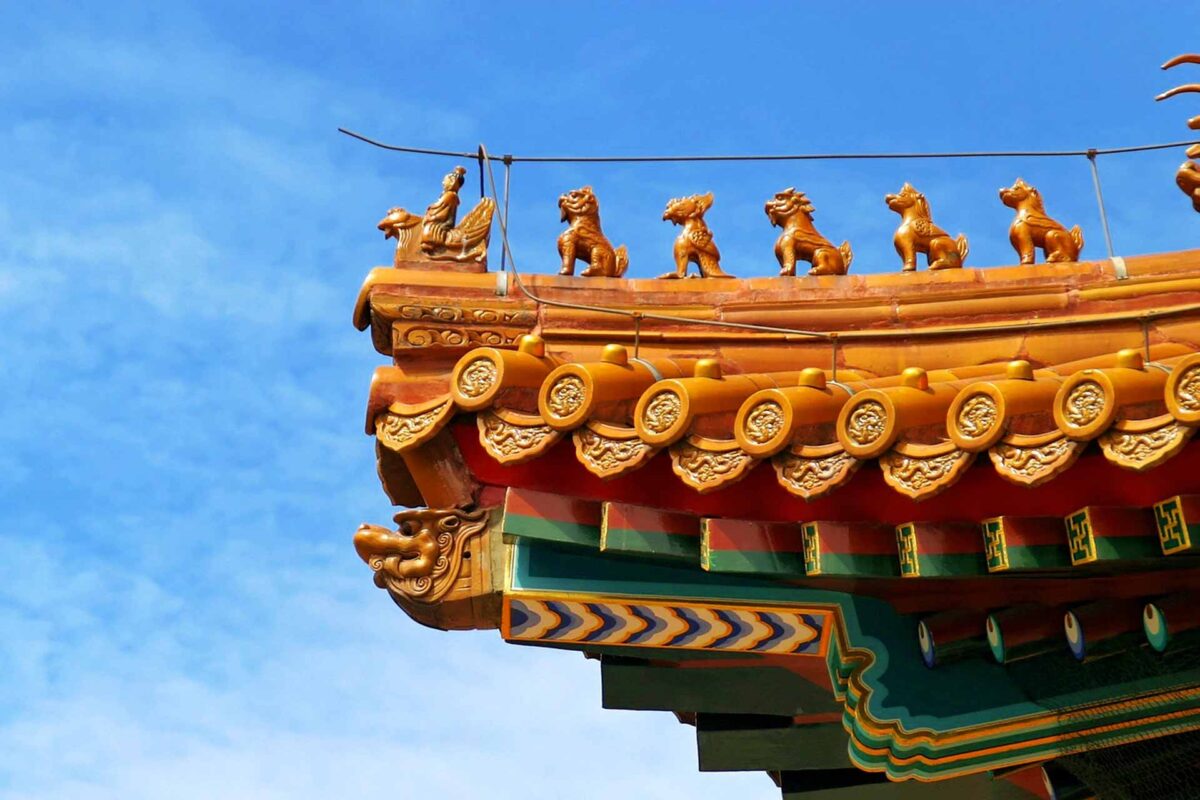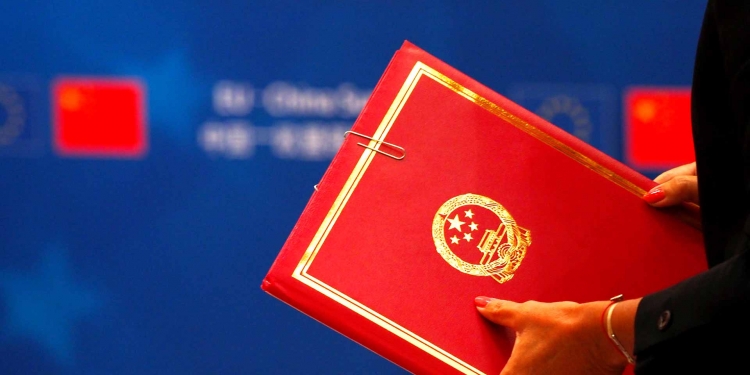The EU-China bilateral agreement, protecting Geographical Indications (GIs) in China and Europe entered into force. The agreement protects around 200 iconic European and Chinese agri-food names against imitation and usurpation, bringing mutual trade benefits and introducing consumers to guaranteed, authentic products from two regions with a rich culinary and cultural tradition.
The EU list of GIs to be protected in China includes iconic GI products such as Cava, Champagne, Feta, Irish whiskey, Münchener Bier, Ouzo, Polska Wódka, Porto, Prosciutto di Parma and Queso Manchego. Among the Chinese GI products, the list includes for example Pixian Dou Ban (Pixian Bean Paste), Anji Bai Cha (Anji White Tea), Panjin Da Mi (Panjin rice) and Anqiu Da Jiang (Anqiu Ginger).
In the course of the next four years as of today, the agreement will expand to cover an additional 350 GI names from both sides. These names will have to follow the same approval procedure as the names already covered by the agreement (i.e. assessment and publication for comments).
The Chinese market
The Chinese market has high-growth potential for European food and drinks. In 2020, China was the third destination for EU agri-food products, reaching €16.3 billion between January to November. It is also the second destination of EU exports of GI products, accounting for 9% by value, including wines, agri-food products and spirit drinks. Chinese consumers appreciate the safety, quality and authenticity of European agrifood. European consumers will be able to discover genuine Chinese specialties thanks to this agreement.
China and the EU will now work together with many cooperation and promotion projects to ensure good implementation and enforcement of the agreement on each other’s market, and promotion of their iconic GI names.
Geographical Indications in Europe
With over 3,300 geographical indications registered in the European Union, EU quality policy aims at protecting the names of specific products to promote their unique characteristics linked to their geographical origin as well as traditional know-how.
Around 1,600 non-EU GIs are also protected within the EU, thanks to similar bilateral agreements such as this one with China. These agreements also protect EU GIs in partner countries: some 40,000 instances of protection of EU GIs around the world.
In value terms, the market for EU geographical indications is around €75 billion, or 7% of EU food and drink. GI exports of about €17 billion account for over 15% of total EU food and drink exports.
EU-China Trade Agreement preventing protectionism and barriers

Geographical Indications for food, wine and spirit drinks
Launched in April 2019, the public database ‘eAmbrosia – the EU Geographical Indications registers’ now includes geographical indications (GI) for agri-food products, wine and spirit drinks registered and protected in the European Union.
Designed to increase transparency and simplify search, the new database centralises information on all three types of GIs, previously held on three different databases (DOOR, e-Spirit-Drinks and e-Bacchus). Producers, consumers, national authorities, companies as well as researchers can now easily access information on all GIs, including their status (applied, published or registered) and a direct link to the legal basis once officially protected.
GIs legally protect more than 3,300 names of products that owe their characteristics or reputation to their region of production with its natural environment and skills of local producers. GIs promote the unique characteristics of these specialty products and the traditional expertise of their producers. Each geographical indication has specific legal standards on how the product is made, while also serving as a guarantee for the quality of the products. Among those protected products, renowned names such as Champagne, Feta, Prosciutto di Parma, Ouzo and Rioja are now accessible on ‘eAmbrosia – the EU Geographical Indications registers’.















